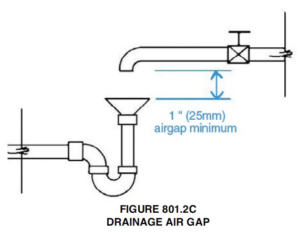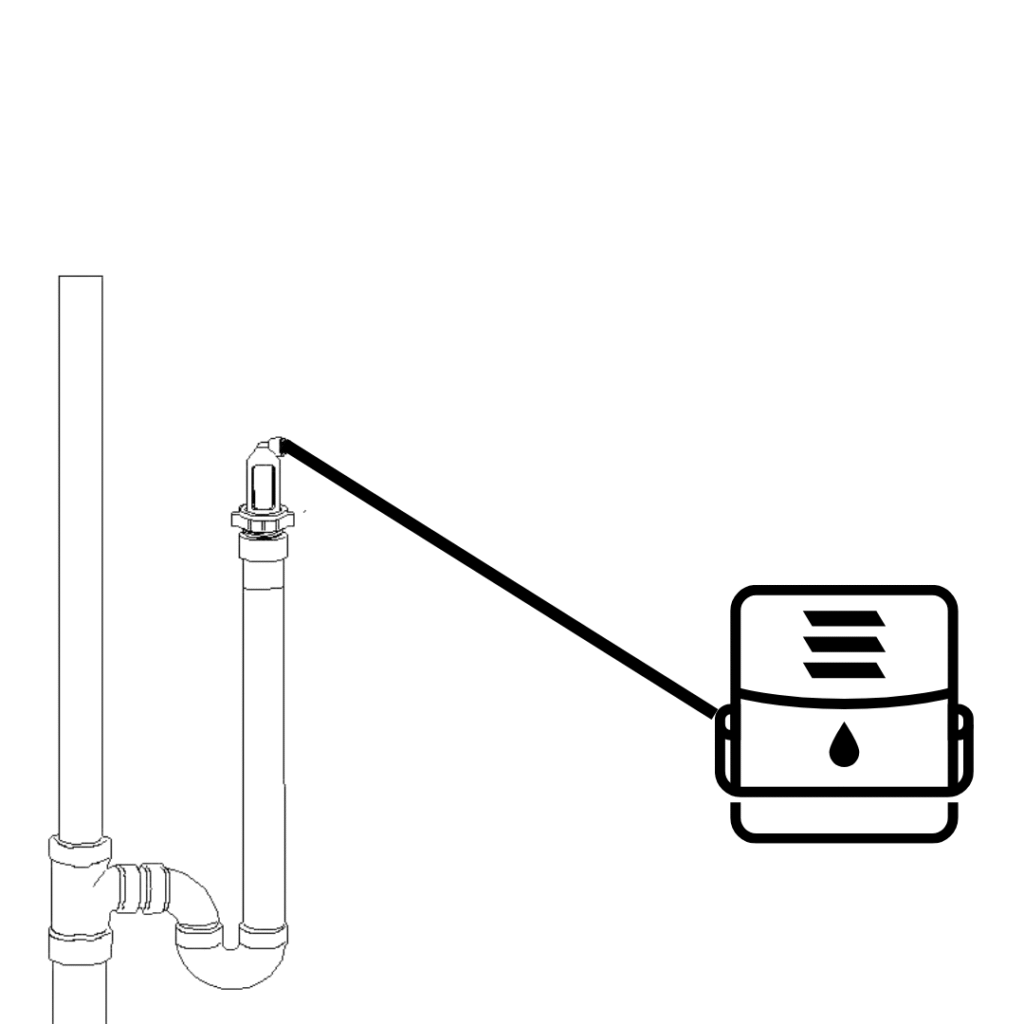
What Is an Air Gap?
Air gaps in drains are mandatory for all water treatment equipment, whether it is in a dialysis clinic, hospital, or a patient’s home. During the installation of an air gap, it is important to comply with local plumbing codes. According to IAPMO standards, a minimum of a 1” air gap or twice the diameter of the waste line, whichever is greater, is required.

Understanding Dialysis
What is Hemodialysis?
Hemodialysis filters waste and excess fluid from your blood using a machine. It's typically done three times a week at a clinic.
What is Home Hemodialysis?
Home Hemodialysis is hemodialysis done at home. It is done more frequently and has proven benefits and quality of life.
Why Dialysis Matters?
Dialysis is crucial for those with kidney failure. It helps remove toxins and maintain a balance of minerals.
The Role of an Air Gap in Dialysis

They prevent back-siphoning of wastewater, which could otherwise compromise the safety of the dialysis process.
Compliance with local plumbing codes is essential.
Air gaps are installed at the point where the dialysis machine drains into the plumbing system.
Whether in a hospital, clinic, or home setting, air gaps are a mandatory component of safe dialysis water treatment systems.
Contact Us




About Us
Use this section to describe your company and the services you offer. You could share your company’s story and details about why you are in business. The goal is to create a connection with the visitor and give them confidence to work with you.